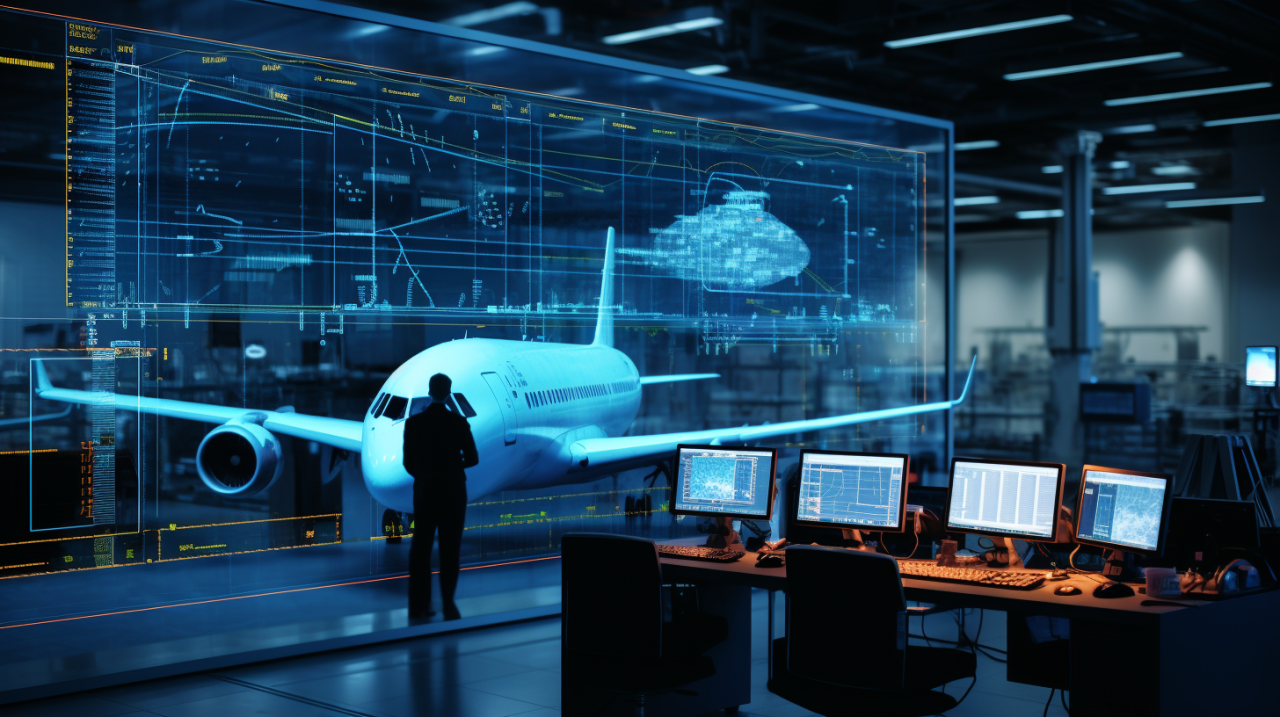The concept of AI for autonomous aircraft is rapidly transforming the landscape of aviation. As technology advances, the integration of artificial intelligence into flight systems promises to revolutionize how aircraft operate. This innovation not only enhances safety but also improves efficiency and expands the possibilities of air travel. Understanding the role of AI in this domain is crucial for enthusiasts and professionals alike.
In recent years, the aviation industry has seen significant strides in incorporating AI into various aspects of flight operations. The potential for autonomous aircraft is immense, with applications ranging from commercial airlines to military drones. As we delve deeper into this topic, we’ll explore the technologies driving this change and the implications for the future of aviation.

The Role of AI in Autonomous Flight
Artificial Intelligence is at the heart of autonomous flight systems. By processing vast amounts of data in real-time, AI enables aircraft to make decisions without human intervention. These systems rely on a combination of machine learning algorithms, sensor data, and advanced computing to navigate complex environments.
Machine Learning in Aviation
Machine learning is a subset of AI that plays a pivotal role in autonomous flight. By analyzing patterns and learning from historical data, machine learning models can predict and respond to various flight conditions. This capability is essential for maintaining safety and efficiency in autonomous aircraft.
Sensor Integration
Sensors are a critical component of autonomous flight systems. They provide real-time data on weather, terrain, and other environmental factors. AI processes this data to make informed decisions, ensuring that the aircraft operates safely and efficiently.
Benefits of AI in Autonomous Aircraft
The integration of AI in autonomous aircraft offers numerous benefits. One of the most significant advantages is improved safety. AI systems can detect and respond to potential hazards faster than human pilots, reducing the risk of accidents.
Increased Efficiency
AI enables autonomous aircraft to optimize flight paths, resulting in reduced fuel consumption and lower operational costs. This efficiency is beneficial not only for airlines but also for the environment, as it leads to decreased carbon emissions.
Expanded Capabilities
Autonomous aircraft equipped with AI can operate in environments that are challenging or dangerous for human pilots. This capability is particularly valuable in military applications and disaster response scenarios.
Challenges in Implementing AI for Autonomous Aircraft
Despite the potential benefits, there are several challenges to implementing AI in autonomous aircraft. One of the primary concerns is ensuring the reliability and security of AI systems. As these systems become more complex, the risk of technical failures and cyberattacks increases.
Regulatory Hurdles
The aviation industry is heavily regulated, and integrating AI into flight systems requires compliance with strict safety standards. This process can be time-consuming and costly, posing a barrier to widespread adoption.
Public Perception
Gaining public trust in autonomous aircraft is another significant challenge. Many people are apprehensive about the idea of pilotless planes, and building confidence in the safety and reliability of AI systems is crucial for their acceptance.
The Future of AI in Aviation
The future of AI in aviation is promising. As technology continues to evolve, we can expect to see more advanced autonomous aircraft with enhanced capabilities. The development of hybrid systems, which integrate AI with human oversight, is one potential direction for the industry. This approach combines the strengths of both AI and human decision-making, ensuring the highest levels of safety and efficiency.
Emerging Trends
One of the most exciting trends in the aviation industry is the development of urban air mobility solutions. These systems, which include air taxis and drones, rely on AI to navigate congested urban environments safely. As these technologies mature, they have the potential to revolutionize urban transportation.
For more information on the role of AI in modern warfare and its impact on aviation, visit AI’s Role in Modern Warfare.
Collaboration and Innovation
The successful integration of AI into autonomous aircraft requires collaboration between industry stakeholders, including airlines, manufacturers, and regulatory bodies. By working together, these groups can address the challenges and unlock the full potential of AI in aviation.
To learn more about the future of autonomous combat, explore this Future of Autonomous Combat article.
Conclusion
The integration of AI for autonomous aircraft represents a significant leap forward in aviation technology. While challenges remain, the potential benefits of improved safety, efficiency, and capabilities are undeniable. As we continue to innovate and overcome these obstacles, the future of air travel looks brighter than ever.
For further reading on AI’s impact on aerospace and defense, visit Aerospace and Defense with AI.

FAQ
What is the primary role of AI in autonomous aircraft?
AI plays a crucial role in processing data and making real-time decisions, enabling autonomous aircraft to operate safely and efficiently without human intervention.
What are the benefits of using AI in aviation?
AI enhances safety, increases efficiency by optimizing flight paths, and expands the capabilities of aircraft to operate in challenging environments.
What challenges does AI face in aviation?
Key challenges include ensuring system reliability, meeting regulatory standards, and gaining public trust in the safety of autonomous aircraft.

